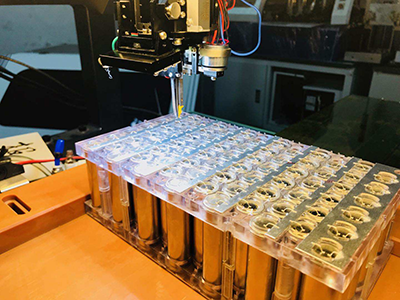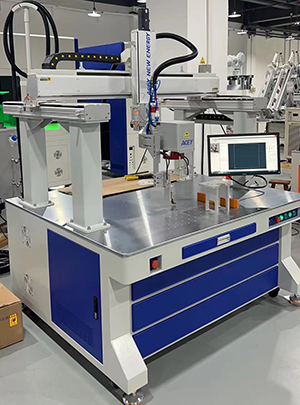Categories
New Blog
HOW ULTRASONIC WIRE BONDING WORKS & APPLICATIONS
July 17 , 2023HOW ULTRASONIC WIRE BONDING WORKS & APPLICATIONS
What is Ultrasonic Wire Bonding
Ultrasonic wire bonding or ultrasonic wire welding, is an industrial welding process that uses ultrasonic vibrations to join plastics, metals, or dissimilar materials together. During welding, the joined materials are typically held together by a fixture (or anvil) and a sonotrode (a metal tool that vibrates).
When the sonotrode applies mechanical vibrations to the surfaces to be joined, the resulting friction generates heat. This heat typically joins the materials within 0.1 and 1 seconds.
Ultrasonic wire bonding is said to be a solid-state welding process because welding occurs below the material’s melting point. This is especially important for metal bonding applications where high temperatures could generate undesired properties.

Ultrasonic wire bonding is a flexible technology, but it has limitations, as it can only be used for lap joints. As a result, welds cannot be made to fit into small spaces, and battery designs are limited by this.
Laser welding is a high-speed, non-contact process that welds surfaces using the energy of a laser beam. It offers the same advantages that battery manufacturers get from ultrasonic bonding:
